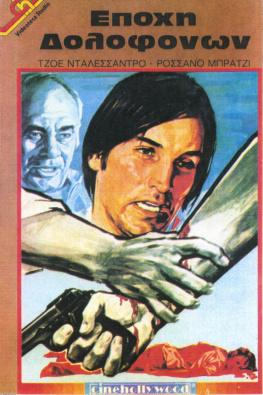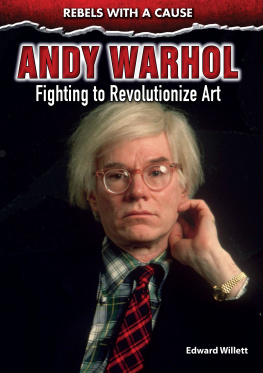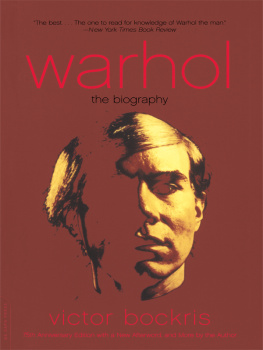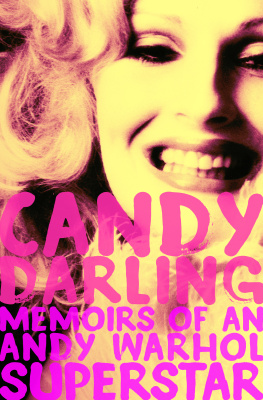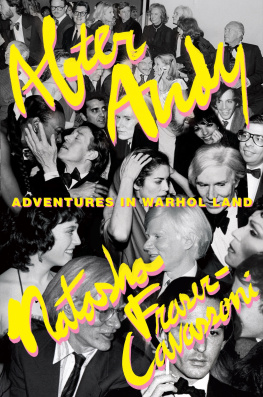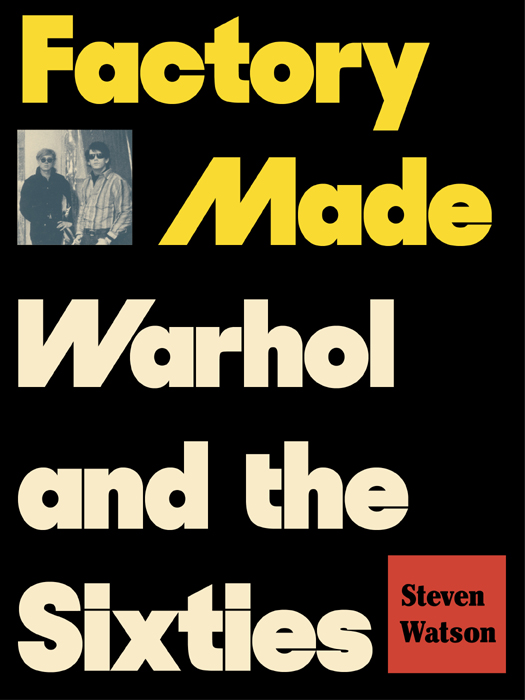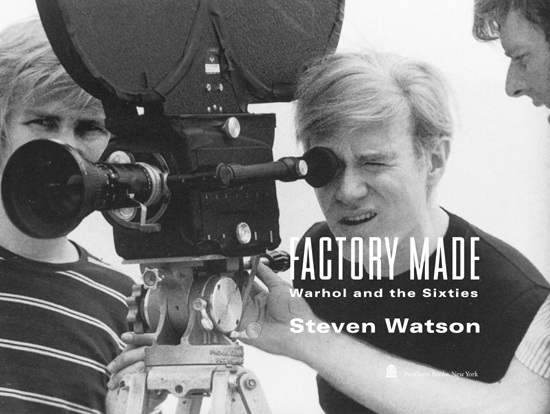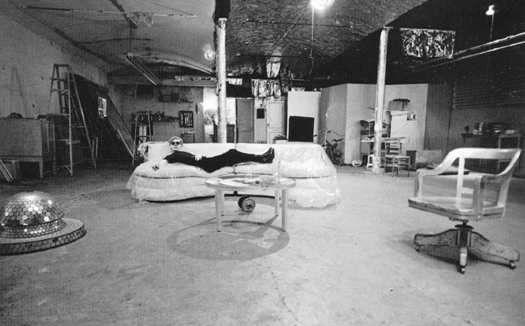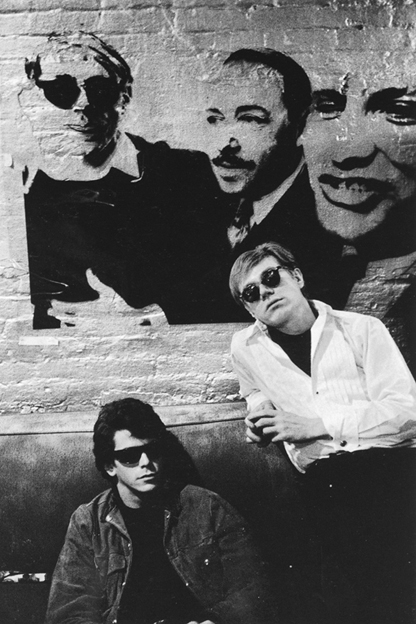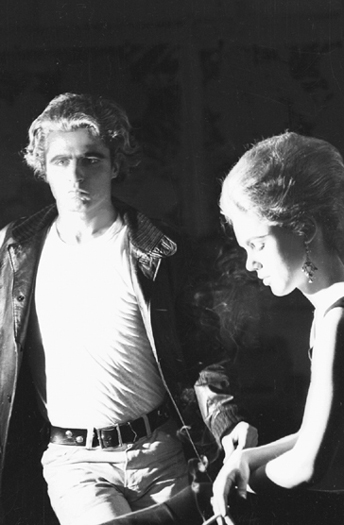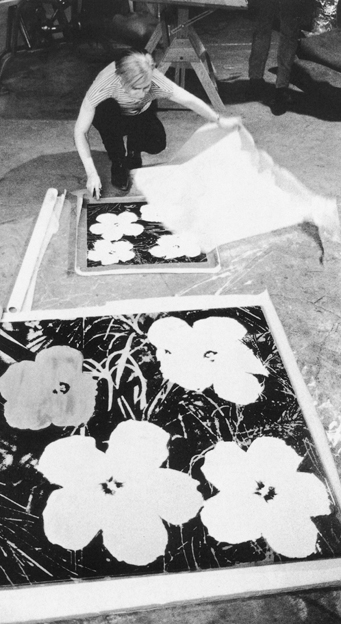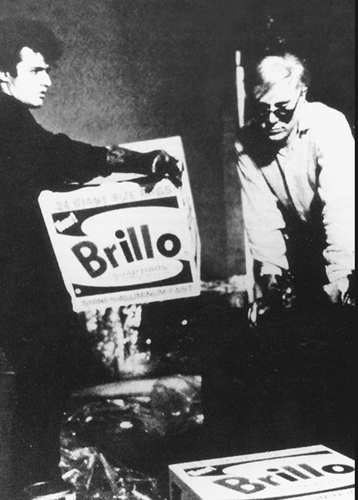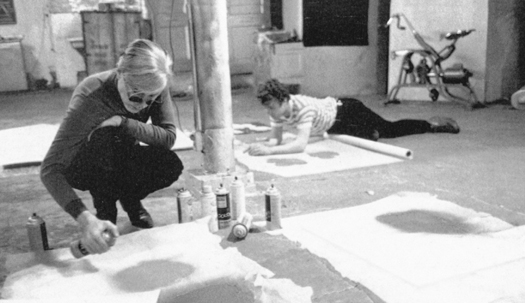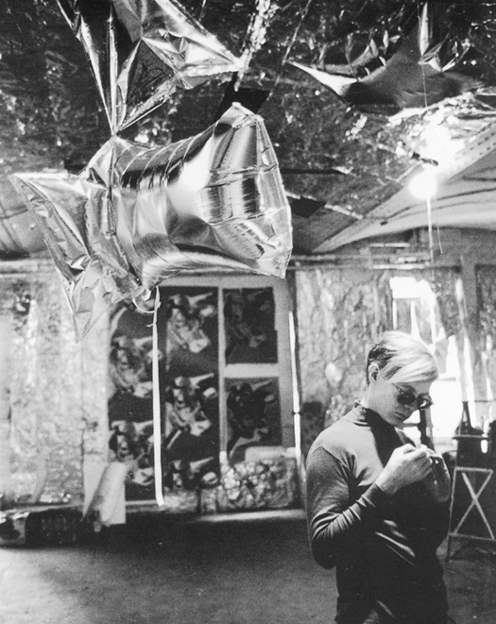Steven Watson - Factory Made: Warhol and the Sixties
Here you can read online Steven Watson - Factory Made: Warhol and the Sixties full text of the book (entire story) in english for free. Download pdf and epub, get meaning, cover and reviews about this ebook. year: 2003, publisher: Pantheon, genre: Non-fiction. Description of the work, (preface) as well as reviews are available. Best literature library LitArk.com created for fans of good reading and offers a wide selection of genres:
Romance novel
Science fiction
Adventure
Detective
Science
History
Home and family
Prose
Art
Politics
Computer
Non-fiction
Religion
Business
Children
Humor
Choose a favorite category and find really read worthwhile books. Enjoy immersion in the world of imagination, feel the emotions of the characters or learn something new for yourself, make an fascinating discovery.

- Book:Factory Made: Warhol and the Sixties
- Author:
- Publisher:Pantheon
- Genre:
- Year:2003
- Rating:3 / 5
- Favourites:Add to favourites
- Your mark:
Factory Made: Warhol and the Sixties: summary, description and annotation
We offer to read an annotation, description, summary or preface (depends on what the author of the book "Factory Made: Warhol and the Sixties" wrote himself). If you haven't found the necessary information about the book — write in the comments, we will try to find it.
Between 1961 and 1964 Warhol produced his most iconic art: the Flower paintings, the Marilyns, the Campbells Soup Can paintings, and the Brillo Boxes. But it was his filmsSleep, Kiss, Empire, The Chelsea Girls, and Vinylthat constituted his most prolific output in the mid-1960s, and with this book Watson points up the important and little-known interaction of the Factory with the New York avant-garde film world. Watson sets his story in the context of the revolutionary milieu of 1960s New York: the opening of Paul Youngs Paraphernalia, Truman Capotes Black and White Ball, Maxs Kansas City, and the Beautiful People Party at the Factory, among many other events.
Interspersed throughout are Watsons trademark sociogram, more than 130 black-and-white photographssome never before seenand many sidebars of quotes and slang that help define the Warholian world. With Factory Made, Watson has focused on a moment that transformed the art and style of a generation.
Steven Watson: author's other books
Who wrote Factory Made: Warhol and the Sixties? Find out the surname, the name of the author of the book and a list of all author's works by series.


